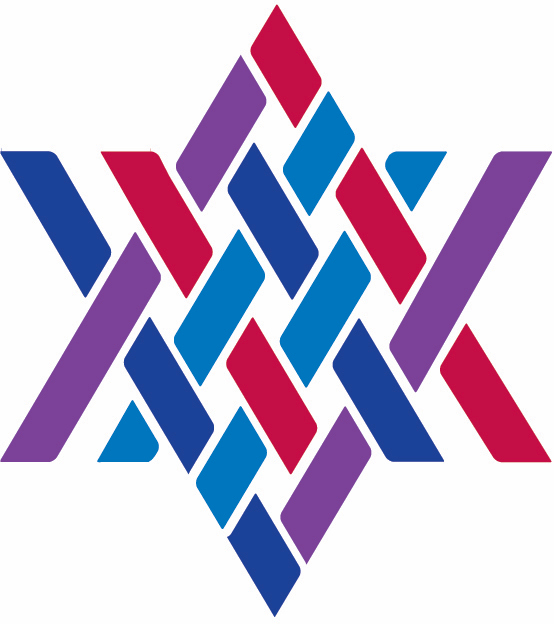Parashat Pekudei
This week’s parashah continues the detailed description of the different components of the tabernacle, its vessels, and the priestly vestaments. An interesting theme within Jewish interpretation is the parallel drawn between the Tabernacle, the Holy Temple, and the universe. The following sources trace this idea over a period of a thousand years. They begin with Philo, who was born in the first century before the common era, and end with a Kabbalistic text from the Middle Ages. They all understand the Tabernacle or the Temple to correspond to something greater than their component parts, whether it is the celestial beings of the heavens or humanity itself.
Philo of Alexandria (20 BCE-50 CE):
The highest, and in the truest sense the holy, temple of God is, as we must believe, the whole universe, having for its sanctuary the most sacred part of all existence, (namely) heaven; for its offerings, the stars; for its priests, the Read More >

